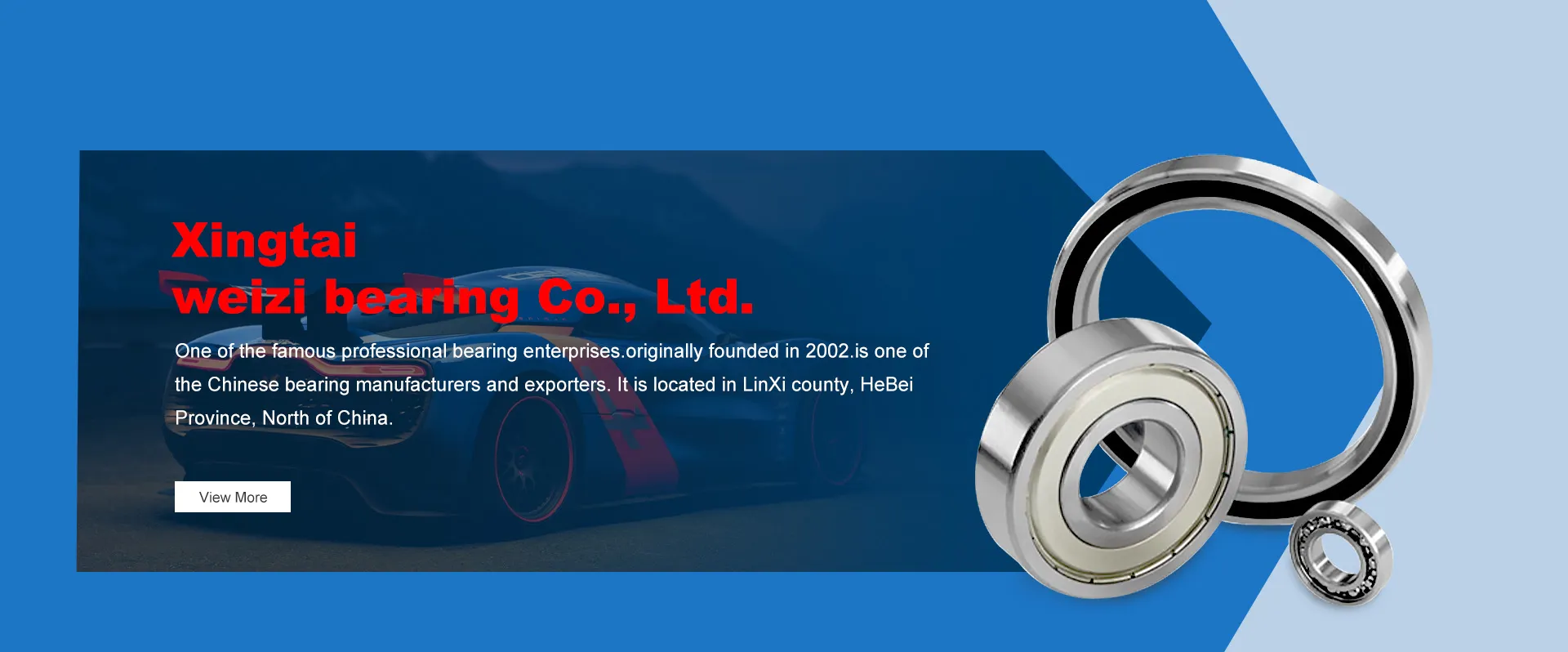
Sep . 12, 2024 05:53 Back to list
Imperial Thrust Bearings - Precision Engineered Solutions
Understanding Imperial Thrust Bearings A Key Component in Rotational Mechanics
Imperial thrust bearings play a crucial role in various mechanical systems, especially where axial loads are prevalent. These bearings are designed to accommodate forces along the axis of rotation, ensuring smooth movement and reducing wear on associated components. Understanding their construction, functionality, and applications can help engineers and technicians select the right bearing for their specific needs.
Construction and Design
Thrust bearings typically consist of several components, including thrust plates, rollers or balls, and cages. In imperial thrust bearings, dimensions are often specified in inches, making them suitable for applications in the United States and in industries using imperial measurements. The two primary types of thrust bearings are the ball and roller designs, each offering unique advantages. Ball thrust bearings provide lower friction and higher speeds, while roller thrust bearings can support heavier loads and are more stable under axial forces.
Functionality
imperial thrust bearings

The primary function of thrust bearings is to support axial loads that occur when a rotating shaft experiences thrust. These axial loads might be a result of gear interactions, rotary motions, or external forces. The bearing’s design allows it to maintain alignment and absorb forces without significant wear or deformation, thus enhancing the lifespan of machinery.
Applications
Imperial thrust bearings find widespread use in various industries. In automotive applications, they are utilized in transmissions and differentials, where they help manage the axial loads generated during operation. In heavy machinery, these bearings support components such as hydraulic pumps and gearboxes. Additionally, they play a vital role in aerospace applications, including jet engines and landing gear, where reliability and precision are paramount.
Conclusion
In summary, imperial thrust bearings are essential components in mechanical systems that manage axial loads efficiently. Their specific design, optimal for imperial measurements, enhances their utility in various applications across different industries. By ensuring smooth operation and reducing wear, these bearings contribute significantly to the reliability and efficiency of machinery. As technology advances, the importance of selecting the right type of thrust bearing remains critical to maintaining optimal performance in rotational mechanics. Understanding their characteristics can lead to better design choices and overall system longevity.
Latest news
-
Common Failures in Thrust Ball Bearings and Solutions
NewsAug.22,2025
-
How Tapered Roller Bearings Can Take Shock Loads
NewsAug.22,2025
-
Angular Bearings in High-Precision Spindles
NewsAug.22,2025
-
The Impact of Misalignment on Cylindrical Roller Bearing Performance
NewsAug.22,2025
-
The Role of Cage Design in Deep Groove Ball Bearing Durability
NewsAug.22,2025
-
The Impact of Material Quality on Machinery Bearings’ Lifespan
NewsAug.22,2025
